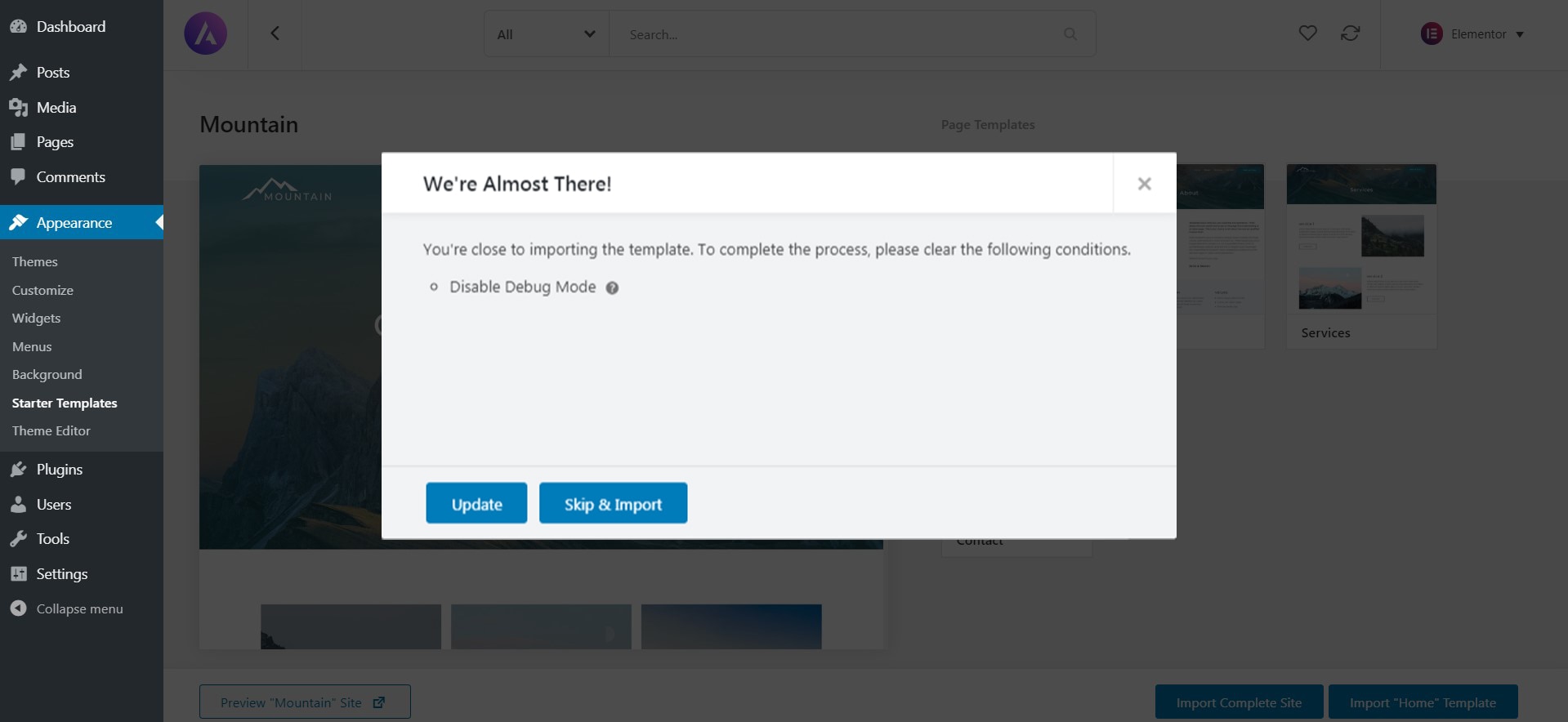


Next: Installation, Previous: Top, Up: Top 1 Introduction to ESSĮSS provides a generic interface, through Emacs, to statistical Overview of ESS features for the S family Tools for package development and debugging Overview of features provided by this package In the file COPYING in the same directory as this file for more WARRANTY without even the implied warranty of MERCHANTABILITY orįITNESS FOR A PARTICULAR PURPOSE. Software Foundation either version 2, or (at your option) any laterĮSS is distributed in the hope that it will be useful, but WITHOUT ANY The terms of the GNU General Public License as published by the Free You can redistribute it and/or modify it under The source and documentation of ESS is free software. Written in these statistical analysis languages. ESS assists in interactive and batch execution of statements Provides consistent display and editing features based on that GNU/Linux, other Unix-like systems such as macOS, and Microsoft Windows.ĮSS is itself a package within the Emacs text editor and uses Emacsįeatures to streamline the creation and use of statistical software.ĮSS knows the syntax and grammar of statistical analysis packages and SAS, S-PLUS, BUGS/JAGS and other statistical analysis packages on Interface between the user and the software. 16 Bugs and Bug Reporting, Mailing ListsĮmacs Speaks Statistics (ESS) provides an intelligent, consistent.13.5 ESS–Function keys for batch processing.12 Overview of ESS features for the S family.11.13 Support for Sweave in ESS and AUCTeX.11.6.2 Using ESS with windowing devices.11.6.1 Using ESS with the printer() driver.10.2.1 Editing R documentation (Rd) files.7.5 Commands for motion, completion and more.7.4.1 Changing styles for code indentation and alignment.7.2 Loading source files into the ESS process.6.1 Resubmitting commands from the transcript file.4.8 Other commands provided by inferior-ESS.4.6 Is the Statistical Process running under ESS?.4.2.4 Keeping a record of your R session.4.2.3 Re-submitting commands from the transcript.

4.2.1 Manipulating the output from the last command.4.1 Entering commands and fixing mistakes.
 3 Interacting with statistical programs. 2.1 Installing from a third-party repository. To log debug information for a nested ARM template, use the Microsoft.Resources/deployments debugSetting property. az deployment group delete -resource-group examplegroup -name exampledeploymentįor more information, see the documentation for deployment scopes: subscription, management group, and tenant. To remove deployment history for a resource group deployment, use az deployment group delete. The command returns True when it's successful.įor more information about deployment history, see the documentation for the deployment scopes: subscription, management group, and tenant. Remove-AzResourceGroupDeployment -ResourceGroupName examplegroup -Name exampledeployment To remove deployment history for a resource group deployment, use Remove-AzResourceGroupDeployment. If you used multiple deployment names during debugging, run the command for each deployment name. When you're finished debugging, you can remove deployment history to prevent anyone who has access from seeing sensitive information that might have been logged. Use a query to get the response property's content. Use a query to get the request property's content. Get-AzManagementGroupDeploymentOperationįor a resource group deployment, use az deployment operation group list to get deployment operations. ResourceGroupName examplegroup).StatusMessageįor more information, see the documentation for deployment operation scopes: subscription, management group, and tenant. (Get-AzResourceGroupDeploymentOperation ` You can specify a property, like StatusMessage or StatusCode to filter the output. Get debug informationĪfter debug logging is enabled, you can get more information from the deployment operations.įor a resource group deployment, use Get-AzResourceGroupDeploymentOperation to get deployment operations. You can't enable debug logging with Azure CLI but you can get debug logging data using the request and response properties. The DeploymentDebugLogLevel parameter is available for other deployment scopes: subscription, management group, and tenant. DeploymentDebugLogLevel : RequestContent, ResponseContent The output shows the debug logging level. When debug logging is enabled, a warning is displayed that secrets like passwords or listKeys can be logged and displayed when you get deployment operations with commands like Get-AzResourceGroupDeploymentOperation. For a resource group deployment, use New-AzResourceGroupDeployment to set the DeploymentDebugLogLevel parameter to All, ResponseContent, or RequestContent.
3 Interacting with statistical programs. 2.1 Installing from a third-party repository. To log debug information for a nested ARM template, use the Microsoft.Resources/deployments debugSetting property. az deployment group delete -resource-group examplegroup -name exampledeploymentįor more information, see the documentation for deployment scopes: subscription, management group, and tenant. To remove deployment history for a resource group deployment, use az deployment group delete. The command returns True when it's successful.įor more information about deployment history, see the documentation for the deployment scopes: subscription, management group, and tenant. Remove-AzResourceGroupDeployment -ResourceGroupName examplegroup -Name exampledeployment To remove deployment history for a resource group deployment, use Remove-AzResourceGroupDeployment. If you used multiple deployment names during debugging, run the command for each deployment name. When you're finished debugging, you can remove deployment history to prevent anyone who has access from seeing sensitive information that might have been logged. Use a query to get the response property's content. Use a query to get the request property's content. Get-AzManagementGroupDeploymentOperationįor a resource group deployment, use az deployment operation group list to get deployment operations. ResourceGroupName examplegroup).StatusMessageįor more information, see the documentation for deployment operation scopes: subscription, management group, and tenant. (Get-AzResourceGroupDeploymentOperation ` You can specify a property, like StatusMessage or StatusCode to filter the output. Get debug informationĪfter debug logging is enabled, you can get more information from the deployment operations.įor a resource group deployment, use Get-AzResourceGroupDeploymentOperation to get deployment operations. You can't enable debug logging with Azure CLI but you can get debug logging data using the request and response properties. The DeploymentDebugLogLevel parameter is available for other deployment scopes: subscription, management group, and tenant. DeploymentDebugLogLevel : RequestContent, ResponseContent The output shows the debug logging level. When debug logging is enabled, a warning is displayed that secrets like passwords or listKeys can be logged and displayed when you get deployment operations with commands like Get-AzResourceGroupDeploymentOperation. For a resource group deployment, use New-AzResourceGroupDeployment to set the DeploymentDebugLogLevel parameter to All, ResponseContent, or RequestContent.








 0 kommentar(er)
0 kommentar(er)
